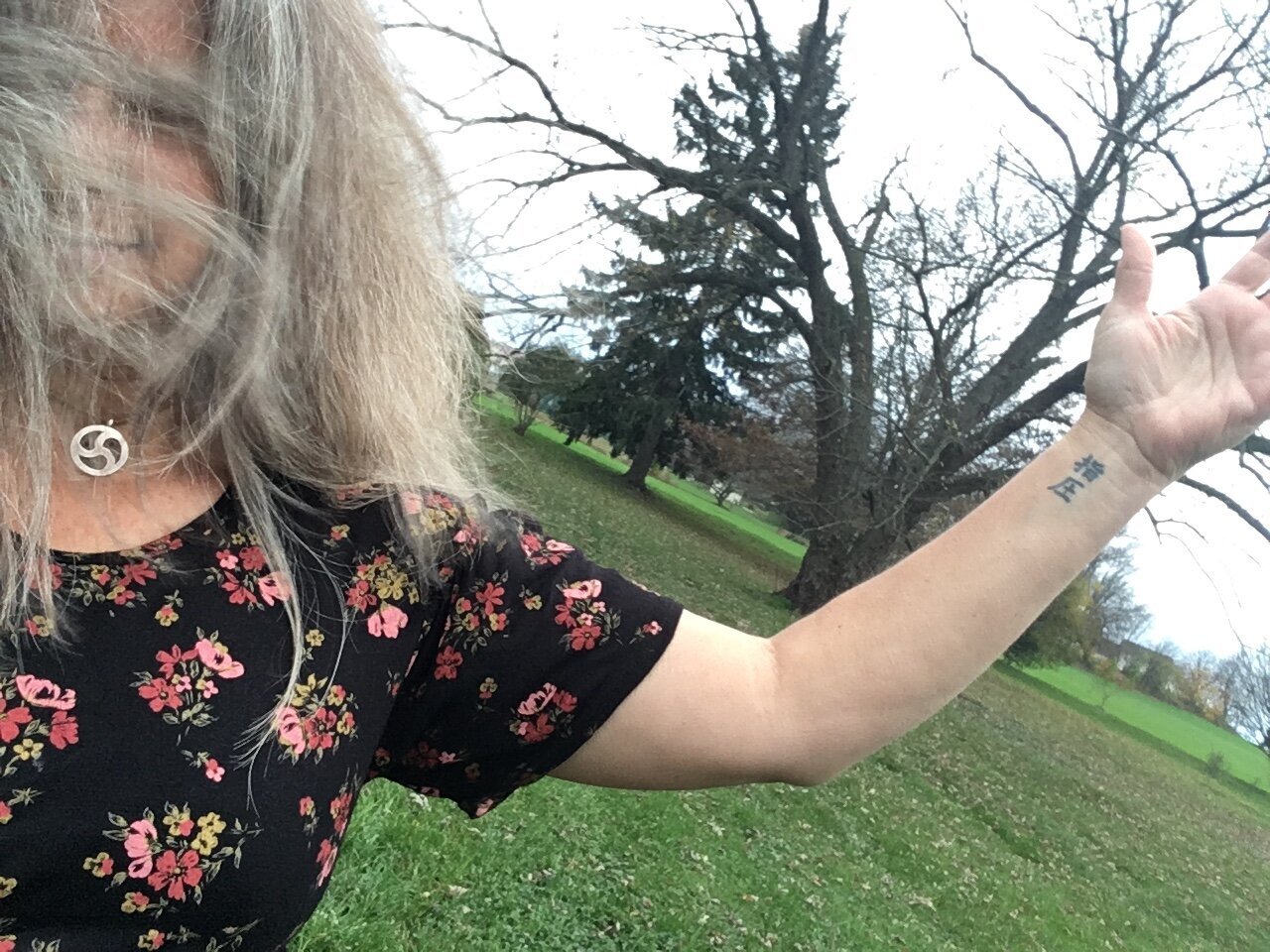Testing your metal
It’s mid-November, meaning it’s still autumn, meaning we are still largely influenced by the element of Metal.
In this post, I will introduce you to a short and sweet practice to support your 'metal' meridians: for Lungs and Large Intestine.
So, what do I mean by that? (and can I explain it succinctly?)
In the Oriental Medicine model of anatomy, we are endowed with not only networks for blood, lymph, and nerve circulation, but also for bio-electric current (known as Qi, chi, Ki). This network is not visible (partly why this system is typically discounted by western medicine), but many believe the pervasive intra-body webbing of the connective tissue, or fascia, is the medium that conducts this current.
(For an interesting read about this, check out "The Spark in the Machine: How the Science of Acupuncture Explains the Mysteries of Western Medicine".*)
There are many parts to this network…
…but the aspect that is most addressed by acupuncture and shiatsu, is the meridian system: twelve such pathways that distribute the Qi of the organs out to the surface of the body and vice versa (again, not unlike our our systems of circulation.)
So, you can see, part of the theory here is that by affecting the meridians - with a therapeutic treatment or movement (like Qigong) - we can affect, or really, support, organ function.
This is the uber-simplified explanation, and I hope that if this intrigues you, you'll pursue your own deeper exploration.
For now, the exercise.
First, we will note the location of these meridians - which is primarily on the arms.
The Lung meridian begins in close proximity to the lungs (which might seem obvious, but is not always the case, as you will see with the Large Intestine meridians).
Beginning just under the lateral (outer edge) of the collarbones, the pathway curls around the armpit, and along the ‘upper edge’ of the inside of the upper arm, forearm, wrist and palm facing forward, along the radial (thumb) side to the tip of the thumb.
‘Jumping’ from the thumb to the index finger, the Large Intestine meridian travels up the outer side of the hand (passing through that meaty spot between the index finger and thumb), along the outer edge of the arm, through the front of the shoulder, along the SCM (the big muscle on the side of the neck), crossing to the face at mid-jawline and ending just beside the nostril.
What does that placement have to do with the colon? you may ask.
Coupla things.
However the ancient practitioners came by these correspondences, I don’t know - but in our culture, we tend to get more hung up on the straightforward ‘this does that’, whereas they saw relationships, as well as the broader psychosomatic associations.
For instance, where there are a few key points on the Lung (LU) meridian to treat lung issues, points on the Large Intestine (LI) meridians would be used more to treat neck and shoulder issues, headaches, tension, and, as in the case of the nostril points, nasal congestion.
Geographically, working those points would make sense for those symptoms.
But also, if you remember that one function of the Large Intestine is the ability to ‘let go’, the muscle chains carrying these meridians are the ones that lock up in ‘gripping’, or tension (and this includes the jaw!) - whether from repetitive motions or ‘stress’ (or both). In other words, from chronic patterns of ‘not letting go’.
<= (Go ahead and do a ‘Hulk Hogan’ fist grip - notice what YOU feel tighten up!)
I don’t think it’s an accident that very detail-oriented people are sometimes referred to as ‘anal-retentive’, and often have issues along this pathway. There’s a place for that, but we need space between the notes to be able to breathe, too.
As far as the points on the face - as with the Stomach meridians that begin in the center of the cheekbone - digestion is said to begin with the sense of sight and smell, which trigger salivation, and the initial release of enzymes into the mouth. In this you can see yet another example of relationship.
In addition, remembering that LU and LI are paired, it is believed that sinus congestion reflects colon congestion, which comes back to supporting healthy elimination as a priority!
And, NOW, the exercise.
Enjoy. And tell me what you think.



